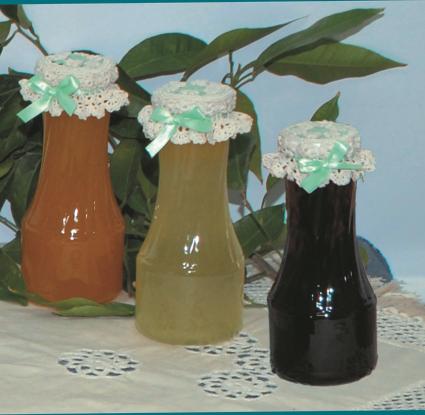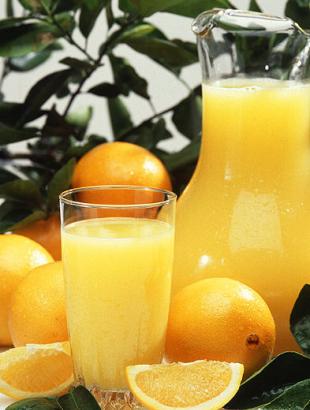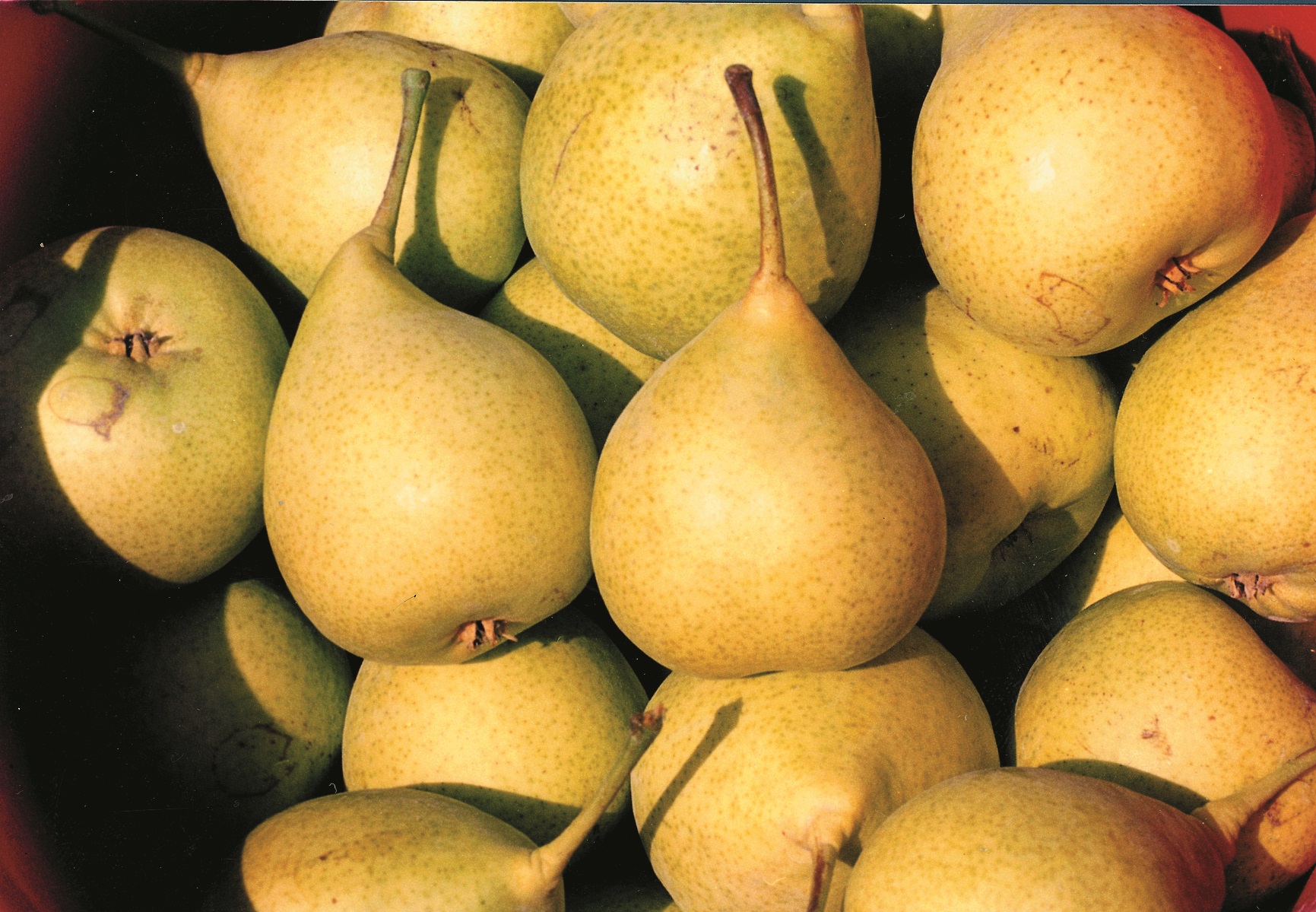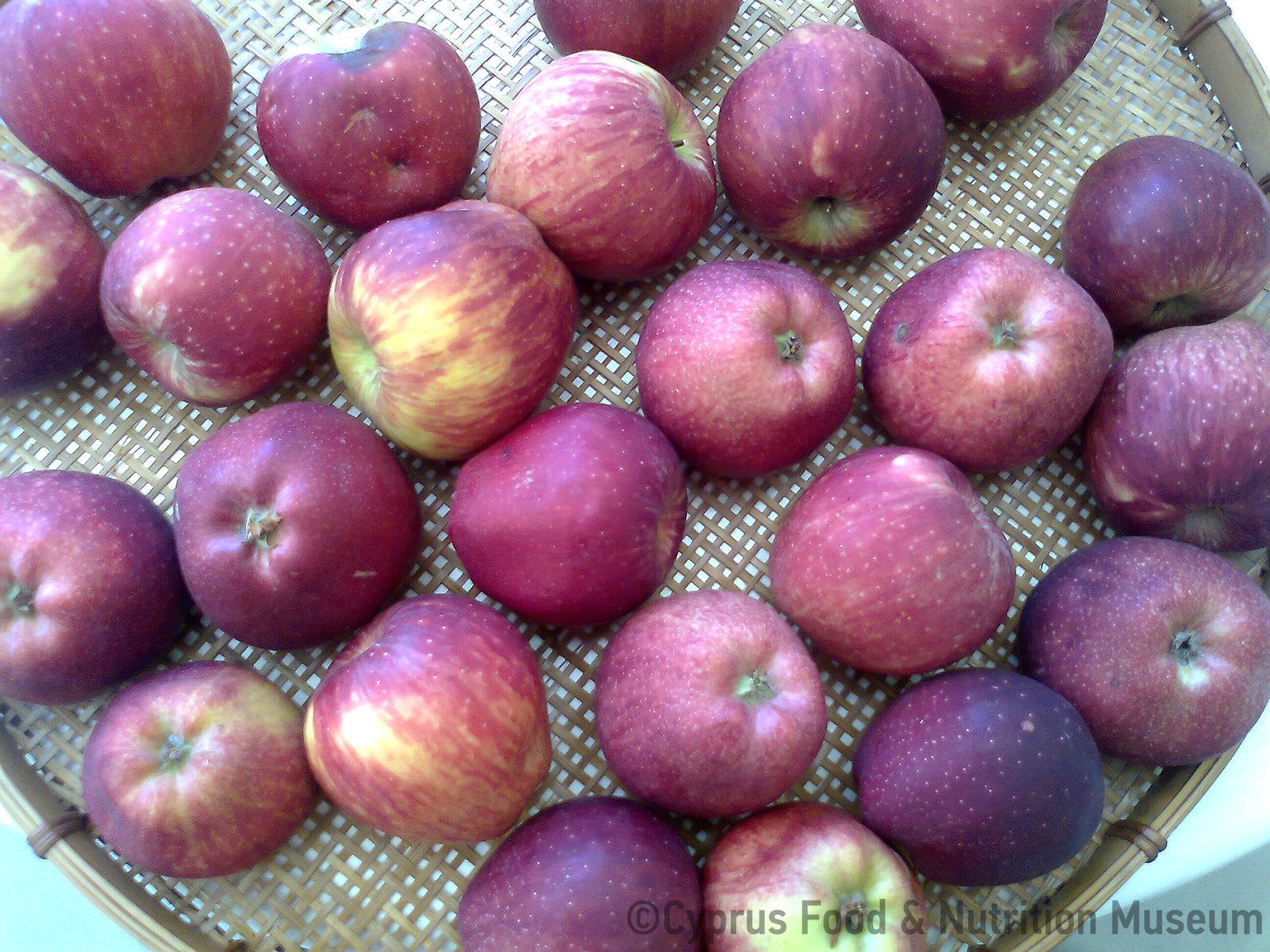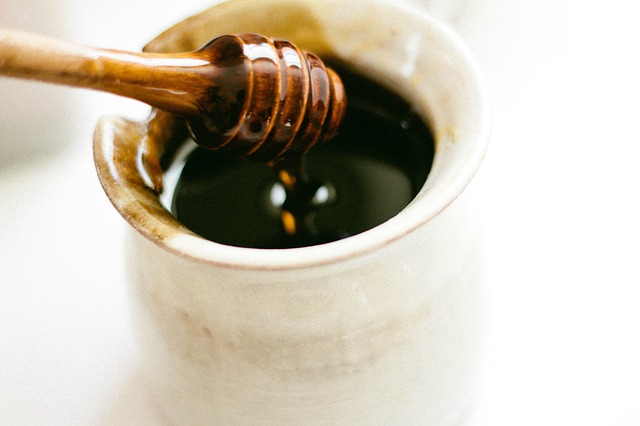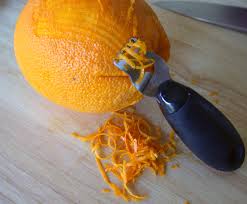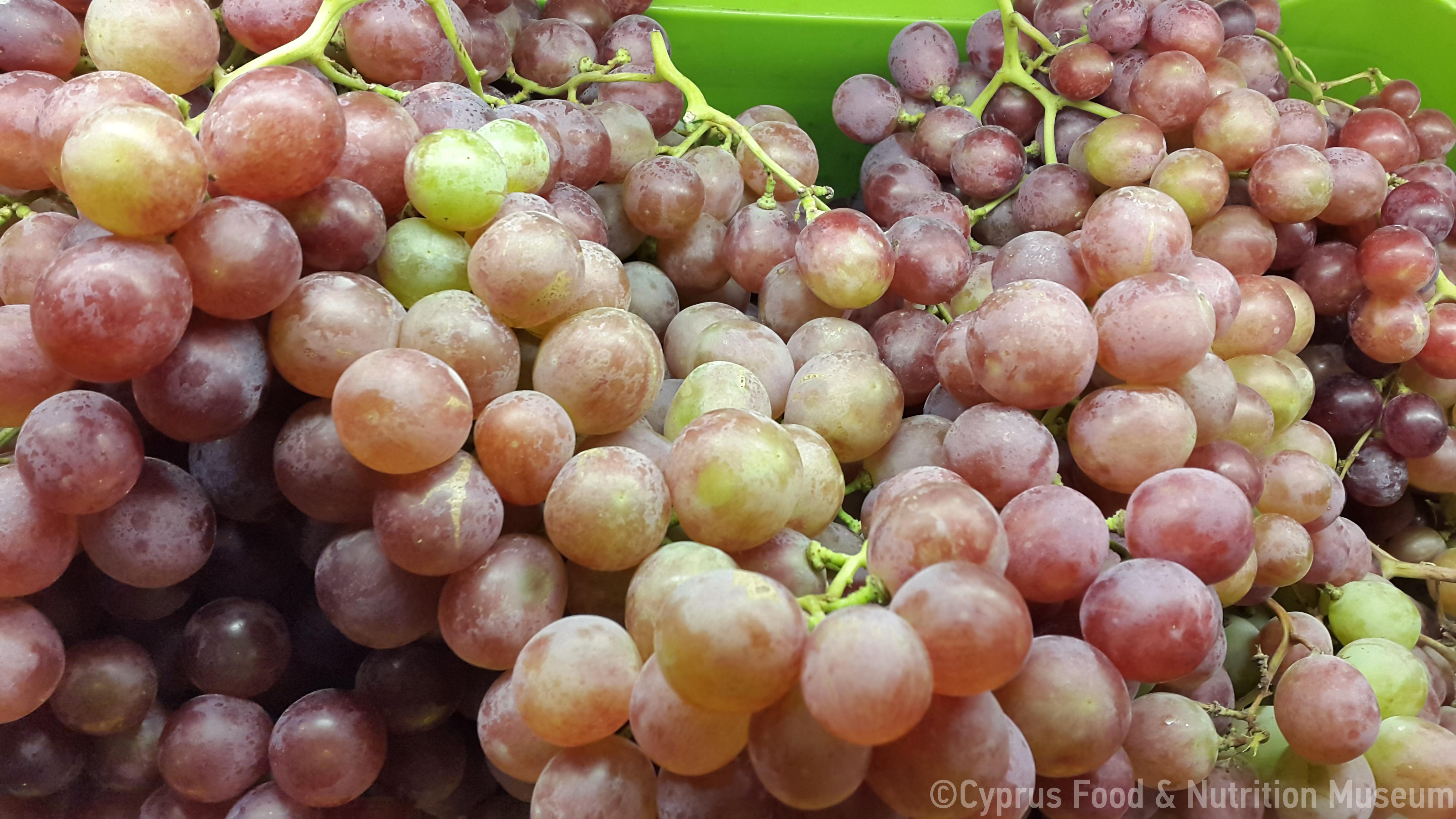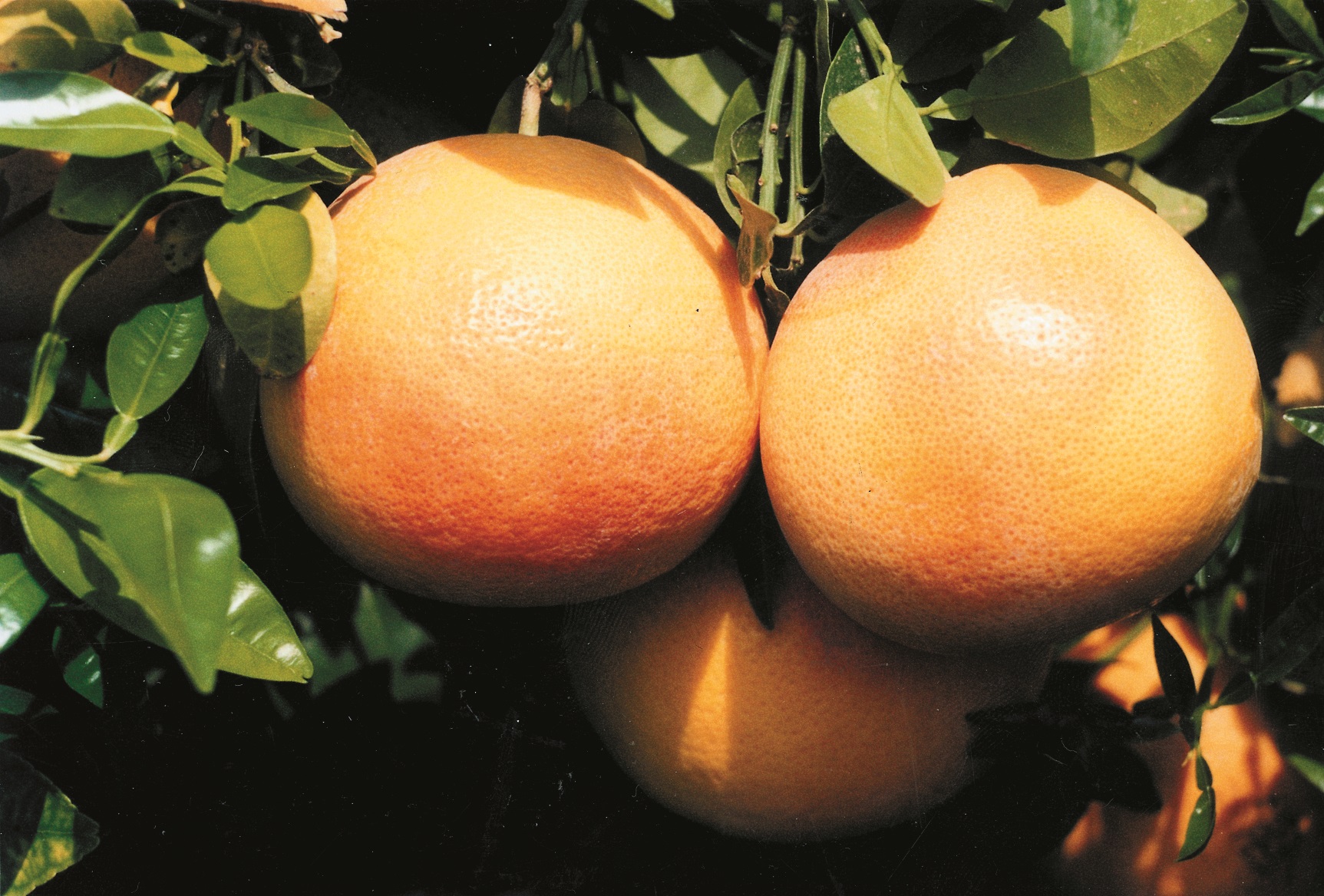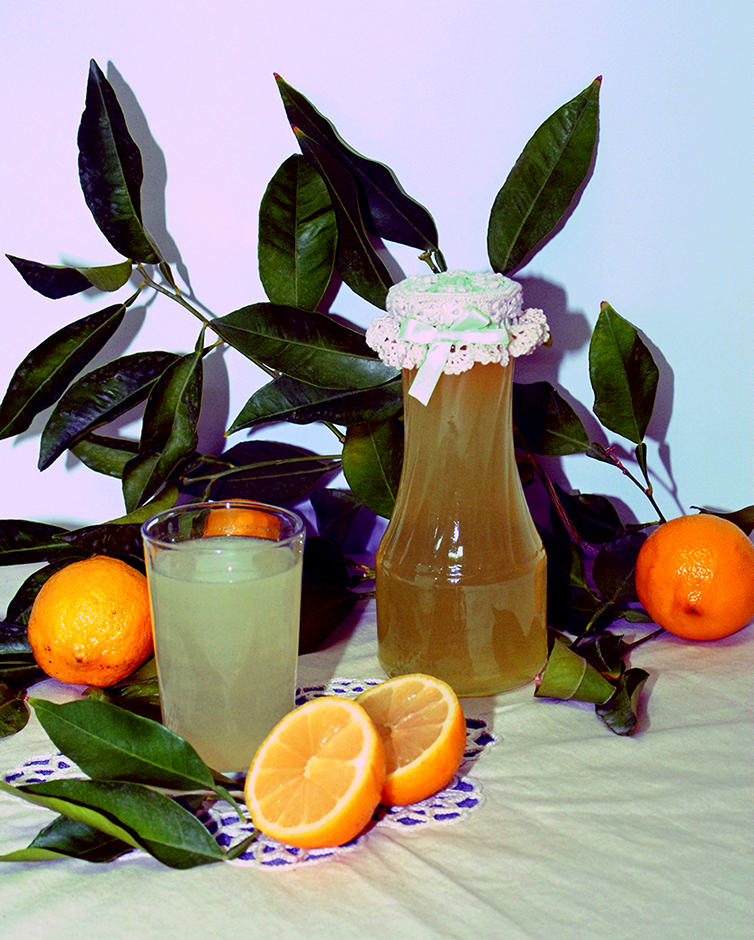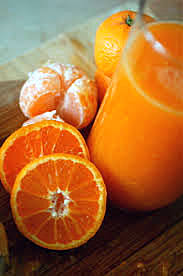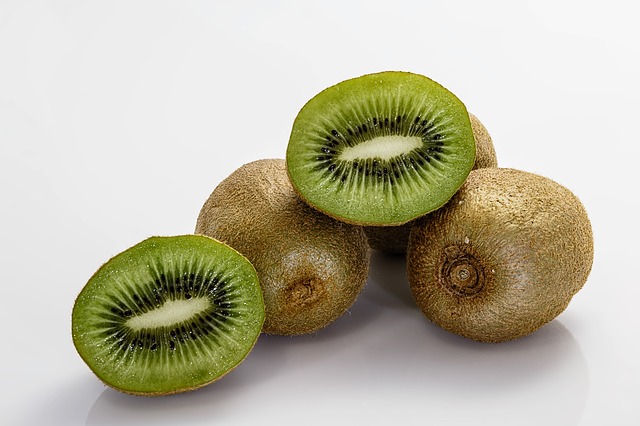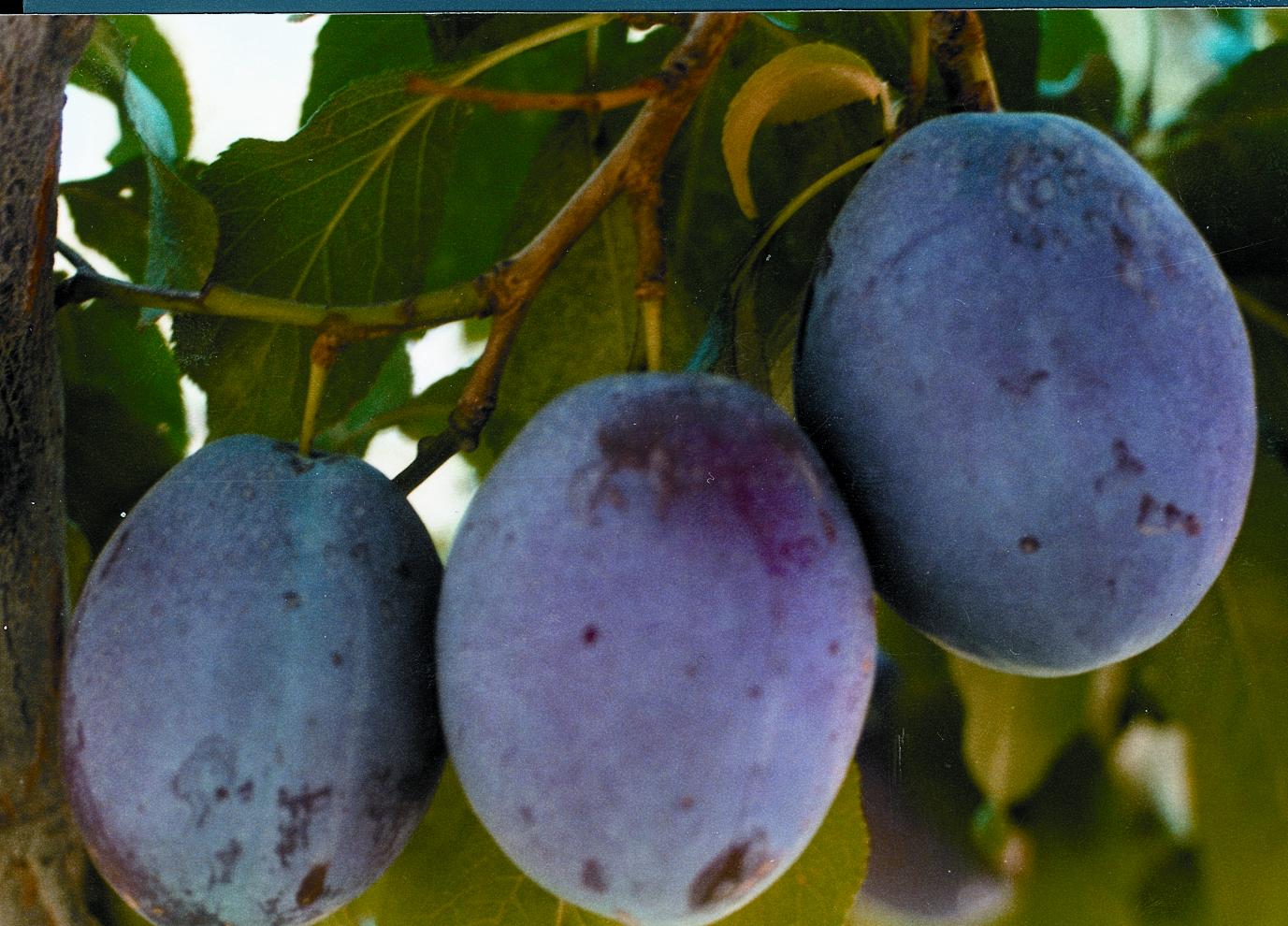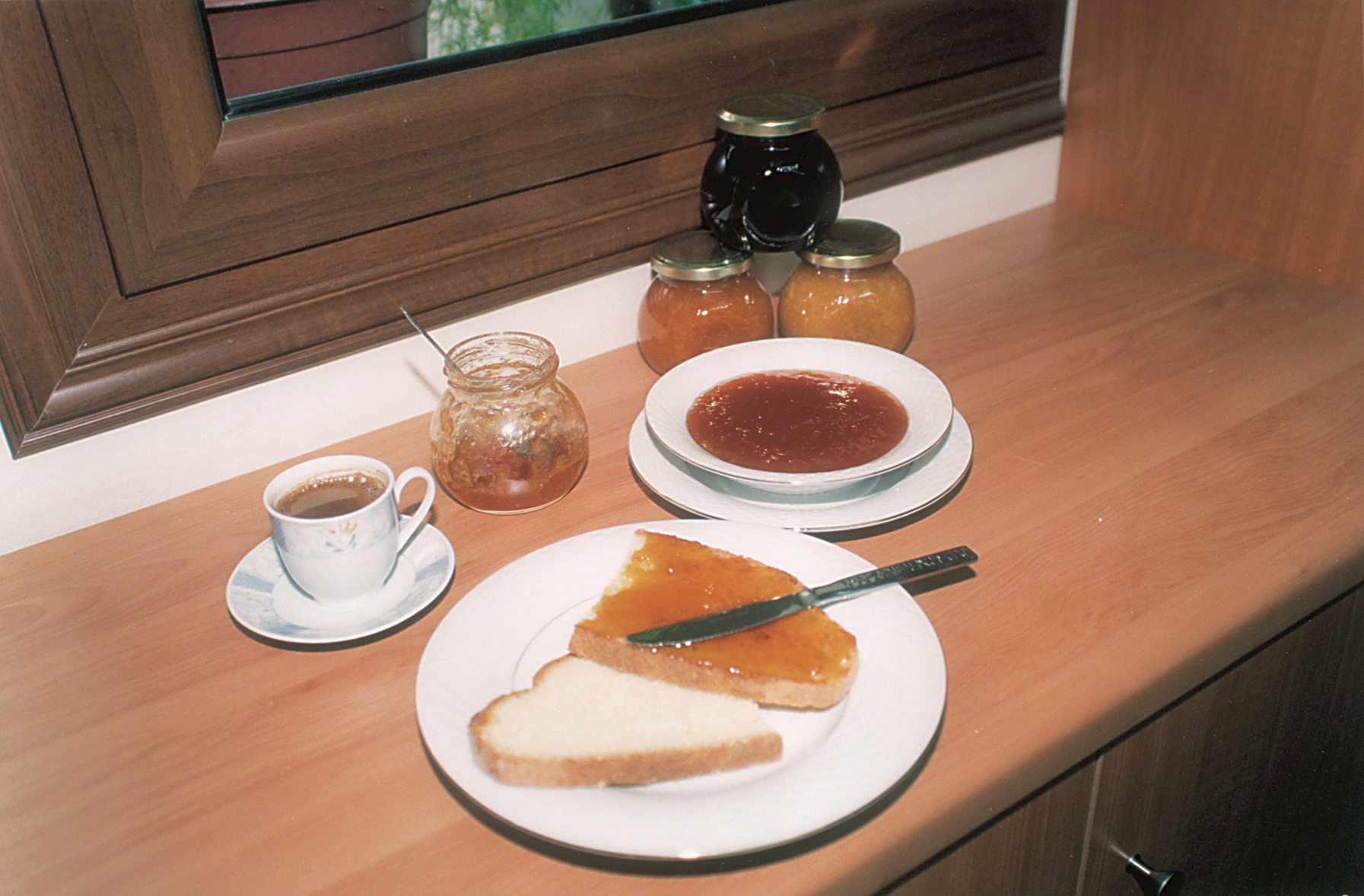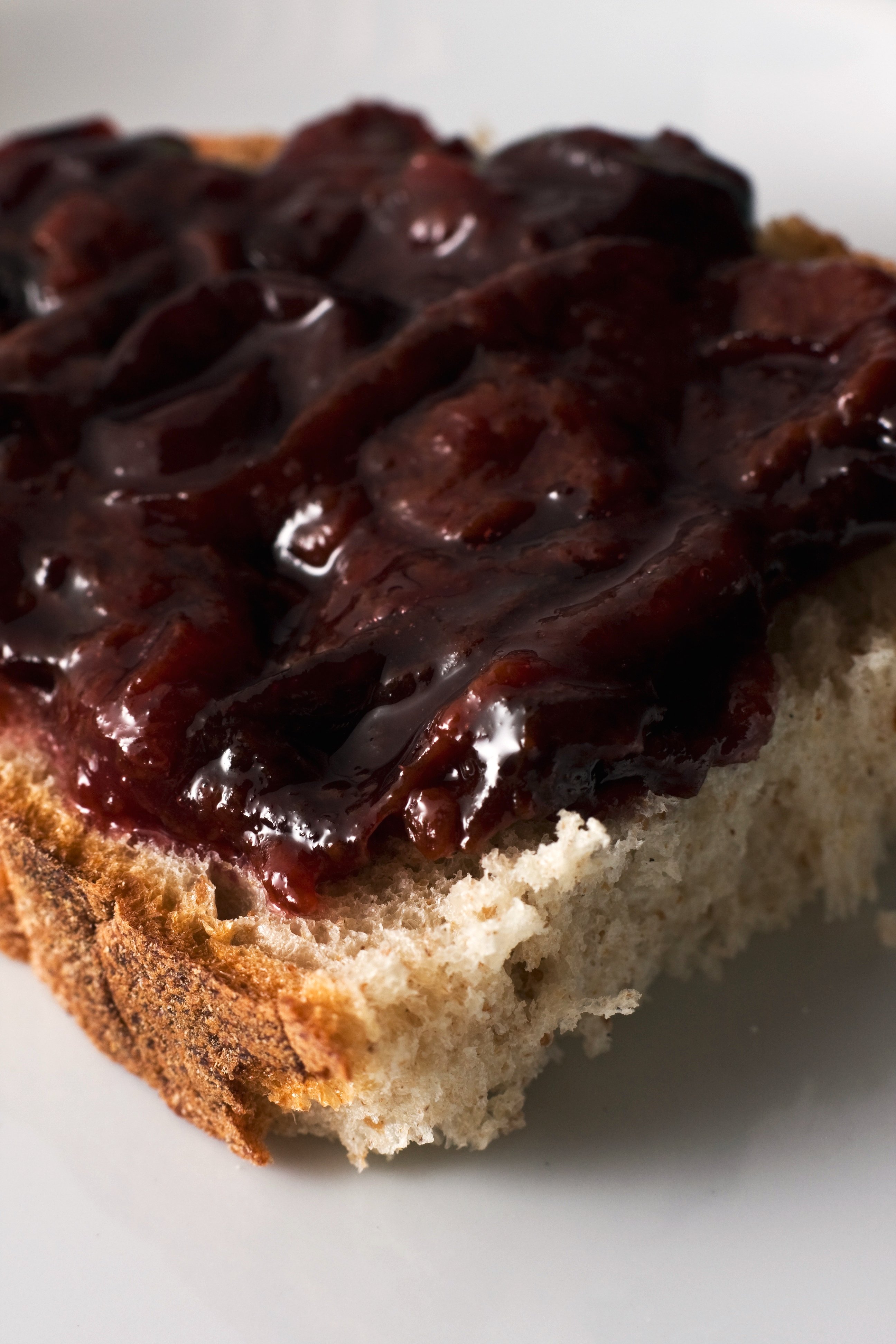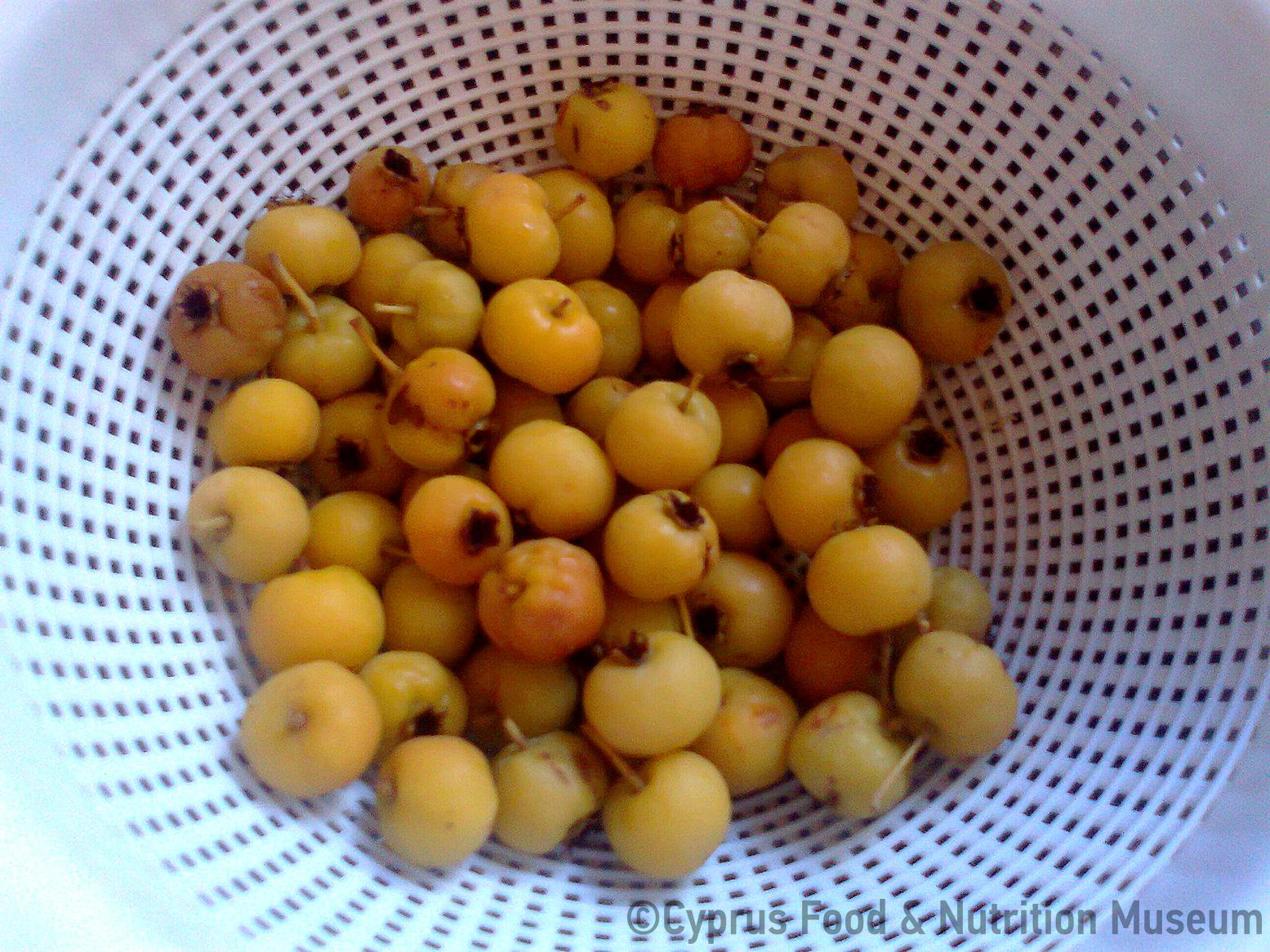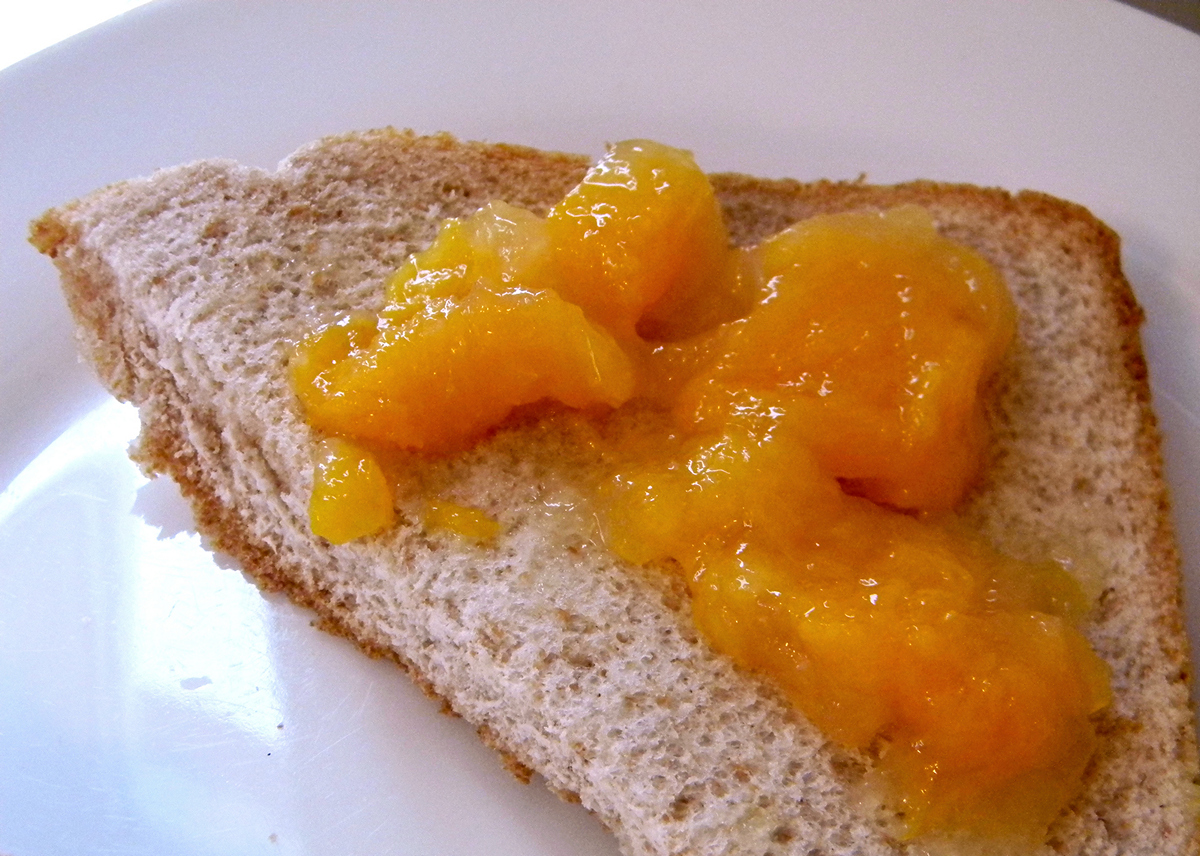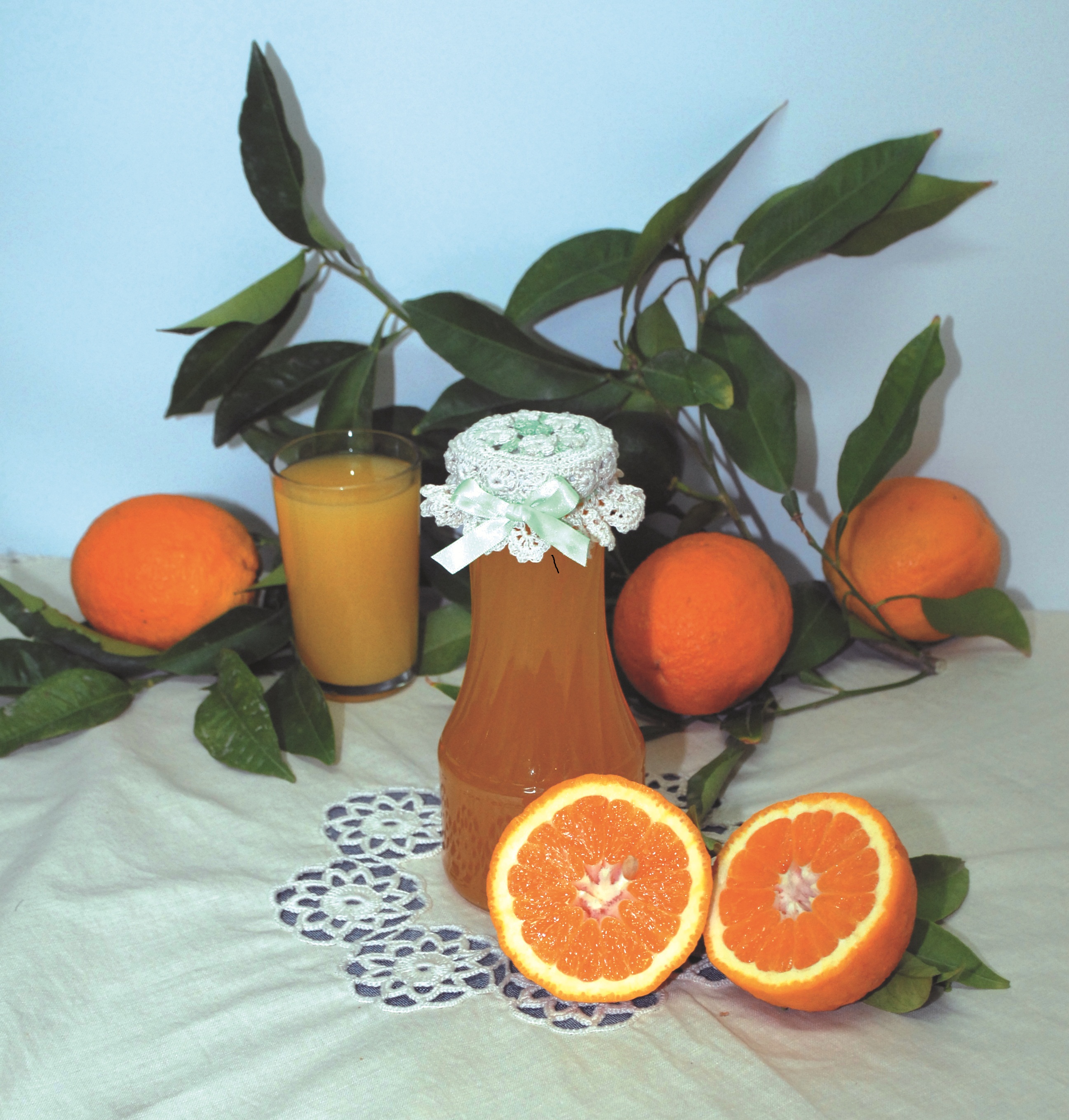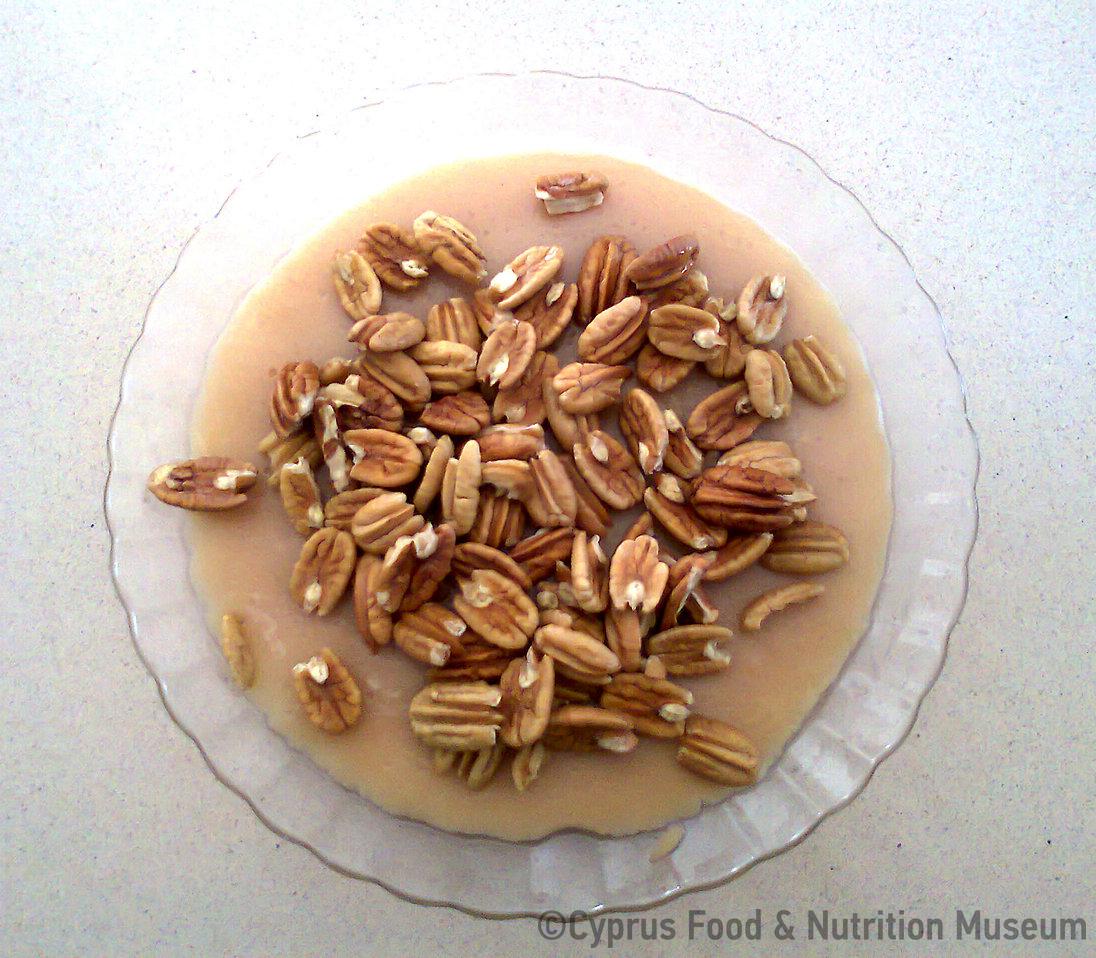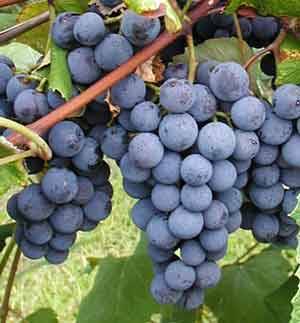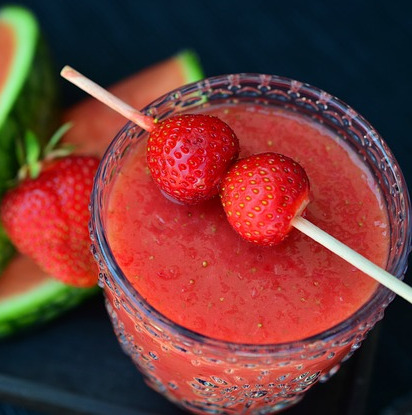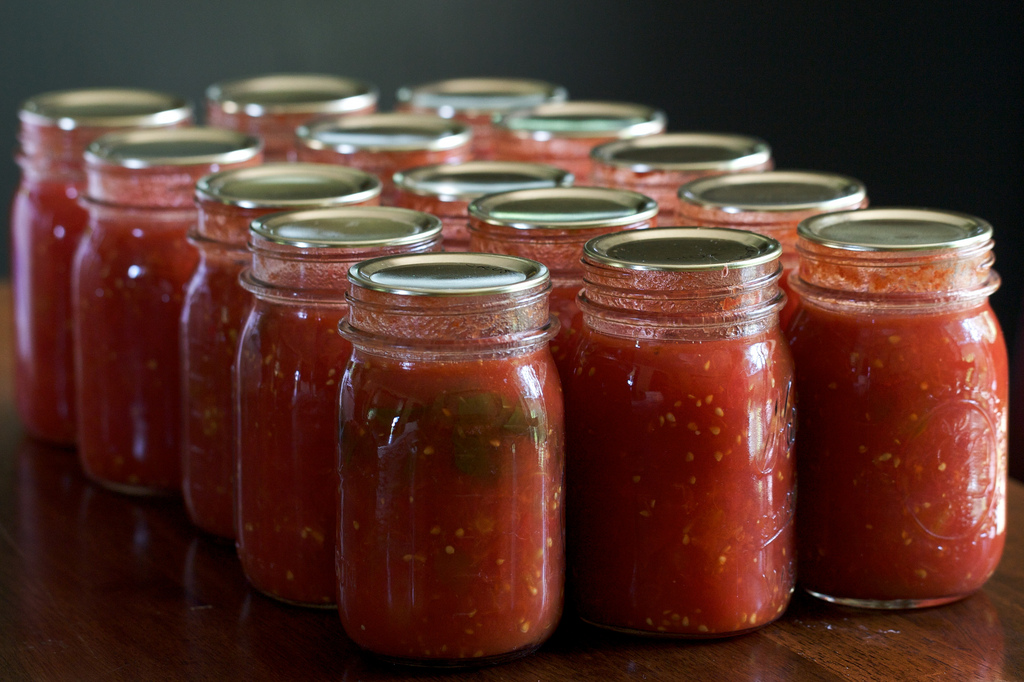Foods
Gennadios writes about Cypriot pears at the beginning of the 20th century: "Cyprus, which in the times of Pliny was praised for its large pears, nowadays produces very few and mostly poor quality…
Traditional Recipes
A quick and easy recipe of ppalouzé made from apples: a thin cream made from apple juice bound with flour.
Traditional Recipes
A sweet delicacy of modern times. The mixture of orange juice and sliced apples is boiled, then thickened with the addition of sugar.
Traditional Recipes
Pure ingredients, like orange juice and zest, as well as honey, make these fasting cookies especially delicious.
Traditional Recipes
The orange zest gives these cookies a wonderful aroma and a distinctive taste.
Foods
A variety of grapes for table use.
Traditional Recipes
Similar to lemonada and portokalada, kitromilada (bitter orange squash) is a refreshing beverage when diluted with cold water.
Traditional Recipes
Lemon juice is used a lot in the Cypriot cuisine. During the lemon production season, therefore, it is customary to prepare and reserve lemon juice in households for when fresh lemons are not…
Traditional Recipes
Lemonade is usually enjoyed cold, as a refreshing summer drink. It is prepared by simply adding cold water to concentrated lemon juice.
Traditional Recipes
A refreshing summer drink that can be easily prepared at home and stored for a long time. For the preparation of mandarin squash, the juice of Arakapa mandarins is boiled together with sugar in equal…
Traditional Recipes
A recipe for jam made with a special, sweet and sour fruit - kiwi�which became popular in Cyprus in more recent years.
Traditional Recipes
The plum (purnella, as it is called in Cyprus), is a sweet summer fruit, suitable for making jam and juice.
Traditional Recipes
For the preparation of this bittersweet marmalade a variety of citrus fruit is used: orange, bitter orange, grapefruit, mandarin and lemon.
Traditional Recipes
One of the most favoured types of jam.
Traditional Recipes
"Wash the apricots and pit them.Put them in a pot with water to cook. When they are very soft, put them in a mixer to turn them into a pulp." (Sotira Eleftheriou, Kyperounda)
Traditional Recipes
The Santa Rosa variety is used for this fragrant and delicious jam.
Traditional Recipes
"Take the azarole fruit, wash them and put them in a deep pot with plenty of water to boil and soften. Then strain them through a mesh strainer to obtain only the juice..." (Sotira Kyriakou,…
Traditional Recipes
“Wash and peel the peaches and cut them into slices. Put them in a pot with half a glass of water. After boiling for ten minutes, add the sugar…” (Sotira Kyriakou, Kyperounda)
Traditional Recipes
"Wash and peel the figs and put them in a deep pot with the sugar. Press with the palm to form a mass. " (Sotira Kyriakou, Kyperounda)
Traditional Recipes
For the preparation of orange squash, Valencia oranges are used. Their juice is boiled together with sugar in equal proportions.
Traditional Recipes
A thin cream made of reduced grape must bound with flour. When ppalouzés is cut into pieces and dried in the sun, we get ‘kkioftérka’ (kioftéria).
Traditional Recipes
"Boil the water, add the soda and a bit of oil to give a gloss to the raisins. When the water boils, add the raisins..." (Marina Kiliari, Kyperounda)
Foods
Grapes were consumed as a fruit and were used to produce sweet wine, especially Commandaria, dry wine (mostly red), zivania and vinegar.
Traditional Recipes
A favourite, refreshing summer drink. Fresh strawberry juice not only has a wonderful aroma and taste, but it is also very nutritious.
Traditional Recipes
Tomato juice is preserved by adding salt, stored in sterile glass bottles and kept in a dark and cool place for use throughout the year.

